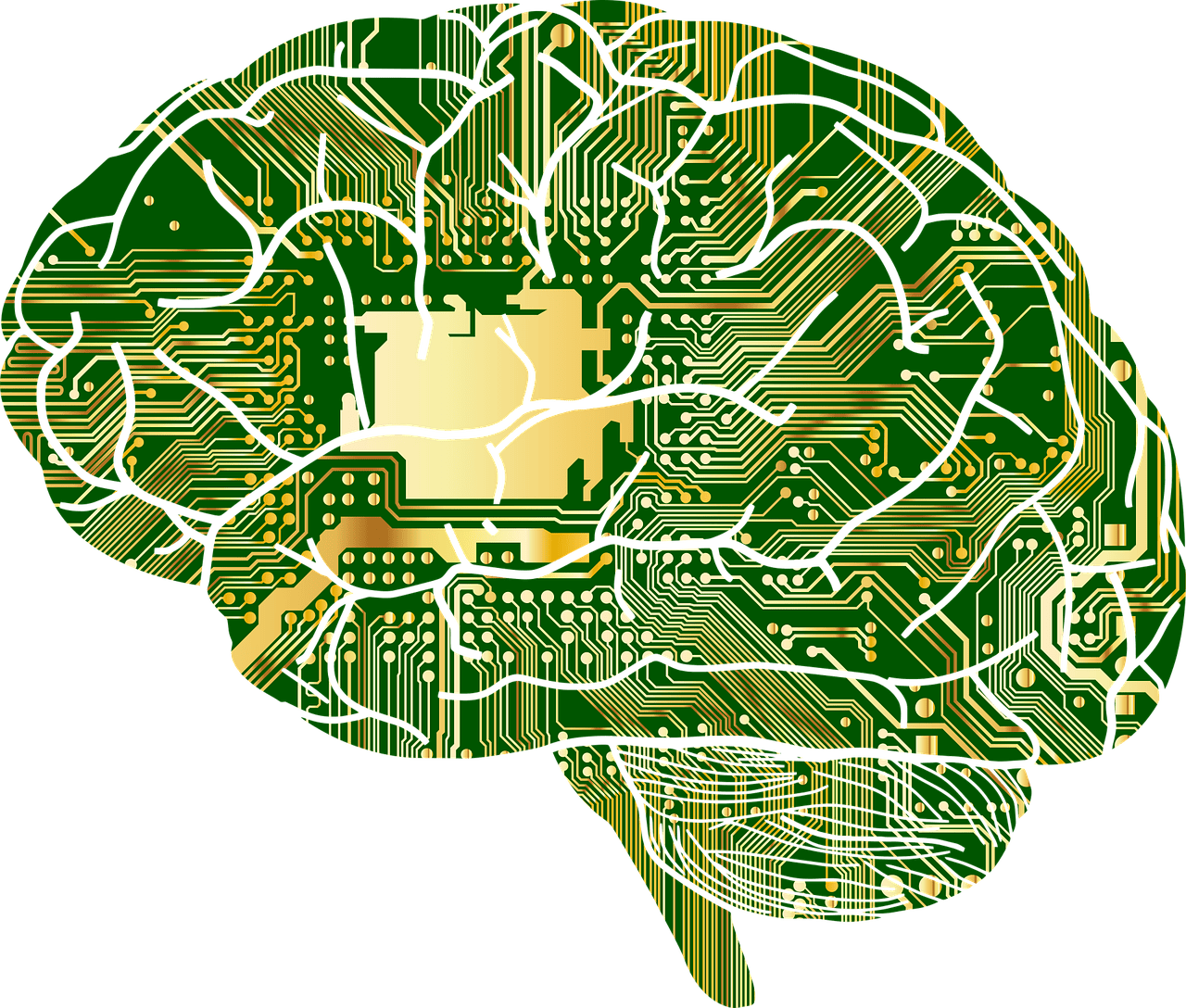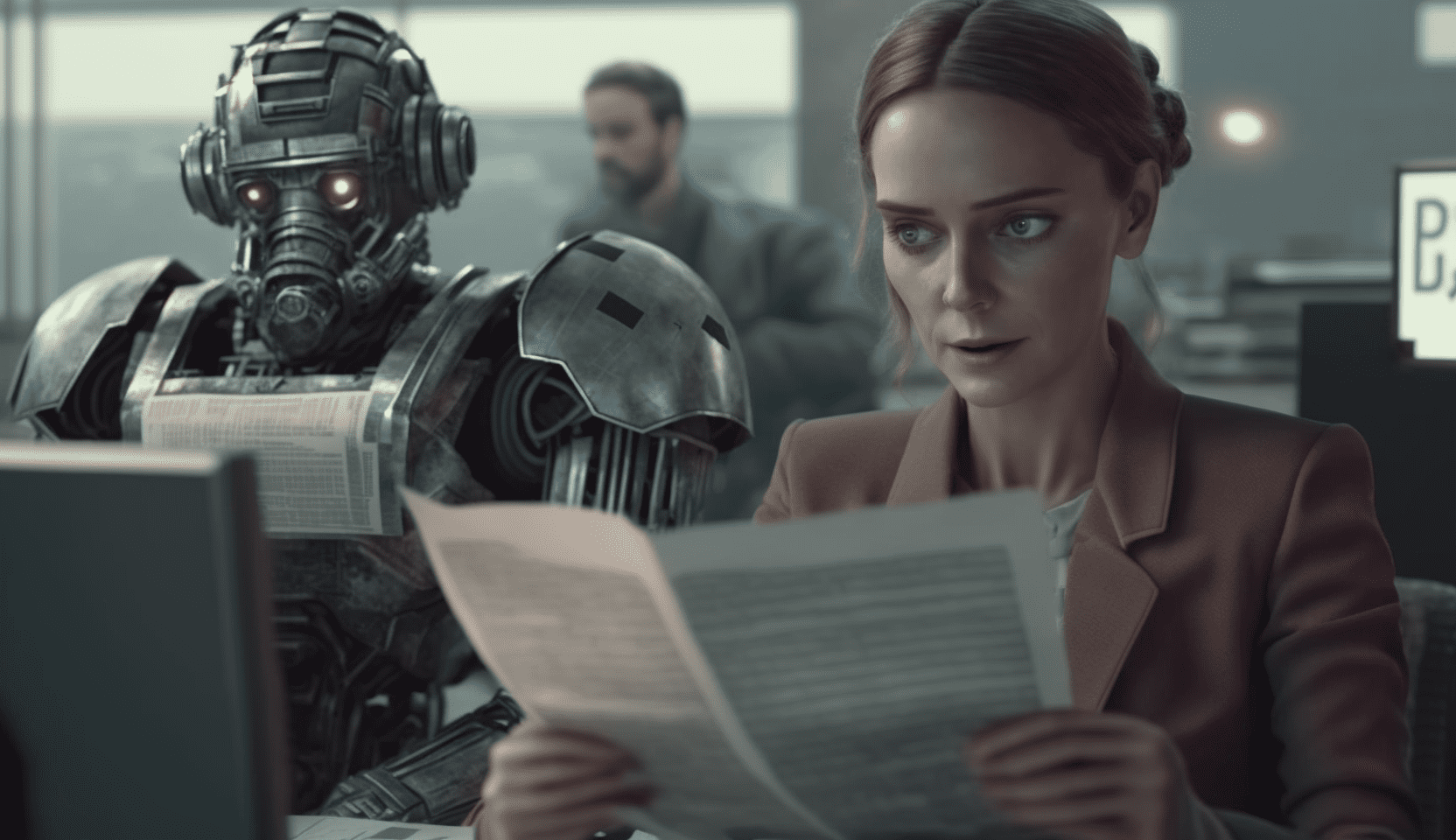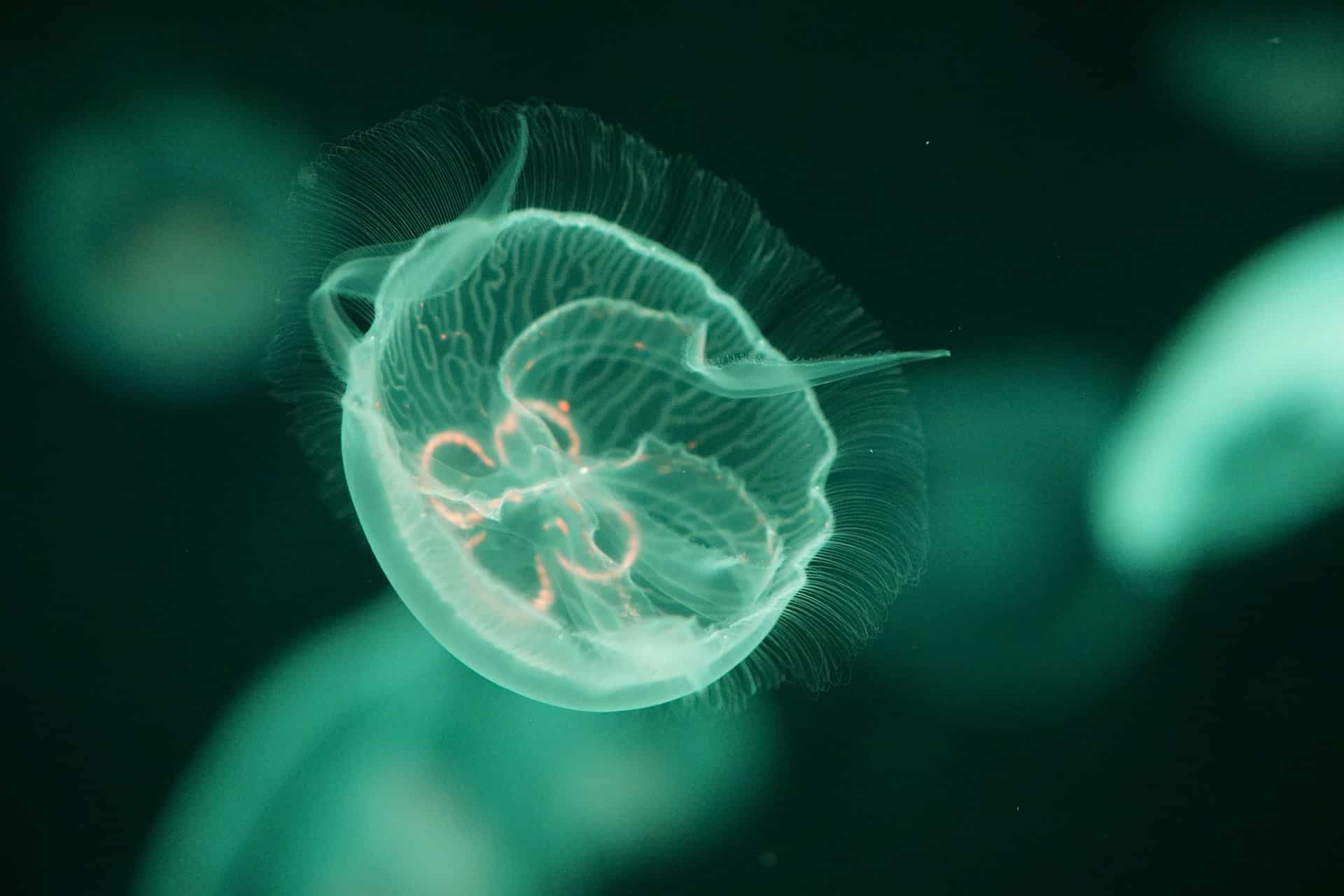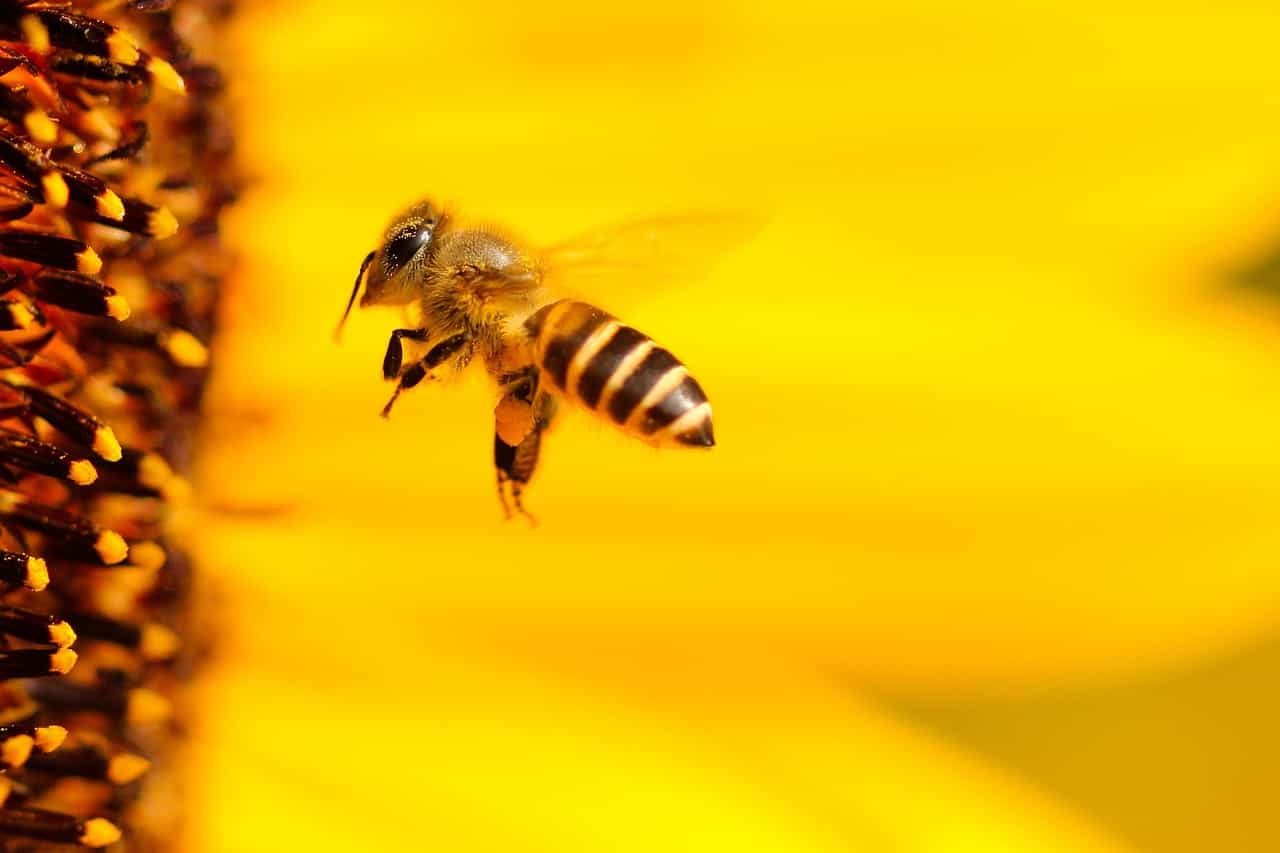
Cambridge scientists have shown that placing physical constraints on an artificially-intelligent system – in much the same way that the human brain has to develop and operate within physical and biological constraints – allows it to develop features of the brains of complex organisms in order to solve tasks, says the university in a press release.
- Applying physical constraints to AI systems leads to brain-like features in problem-solving.
- Mimicking the brain’s problem-solving abilities alongside energy optimization reveals efficient solutions.
- Constrained artificial systems develop human brain features, aiding understanding and potentially influencing AI design.
As neural systems such as the brain organise themselves and make connections, they have to balance competing demands. For example, energy and resources are needed to grow and sustain the network in physical space, while at the same time optimising the network for information processing. This trade-off shapes all brains within and across species, which may help explain why many brains converge on similar organisational solutions.
Jascha Achterberg, a Gates Scholar from the Medical Research Council Cognition and Brain Sciences Unit (MRC CBSU) at the University of Cambridge said: “Not only is the brain great at solving complex problems, it does so while using very little energy. In our new work we show that considering the brain’s problem solving abilities alongside its goal of spending as few resources as possible can help us understand why brains look like they do.”
Co-lead author Dr Danyal Akarca, also from the MRC CBSU, added: “This stems from a broad principle, which is that biological systems commonly evolve to make the most of what energetic resources they have available to them. The solutions they come to are often very elegant and reflect the trade-offs between various forces imposed on them.”
Simplified version of the brain
In a study published in Nature Machine Intelligence, Achterberg, Akarca and colleagues created an artificial system intended to model a very simplified version of the brain and applied physical constraints. They found that their system went on to develop certain key characteristics and tactics similar to those found in human brains.
Instead of real neurons, the system used computational nodes. Neurons and nodes are similar in function, in that each takes an input, transforms it, and produces an output, and a single node or neuron might connect to multiple others, all inputting information to be computed.
In their system, however, the researchers applied a ‘physical’ constraint on the system. Each node was given a specific location in a virtual space, and the further away two nodes were, the more difficult it was for them to communicate. This is similar to how neurons in the human brain are organised.

Maze navigation
The researchers gave the system a simple task to complete – in this case a simplified version of a maze navigation task typically given to animals such as rats and macaques when studying the brain, where it has to combine multiple pieces of information to decide on the shortest route to get to the end point.
Initially, the system does not know how to complete the task and makes mistakes. But when it is given feedback it gradually learns to get better at the task. It learns by changing the strength of the connections between its nodes, similar to how the strength of connections between brain cells changes as we learn. The system then repeats the task over and over again, until eventually it learns to perform it correctly.
With their system, however, the physical constraint meant that the further away two nodes were, the more difficult it was to build a connection between the two nodes in response to the feedback. In the human brain, connections that span a large physical distance are expensive to form and maintain.
When the system was asked to perform the task under these constraints, it used some of the same tricks used by real human brains to solve the task. For example, to get around the constraints, the artificial systems started to develop hubs – highly connected nodes that act as conduits for passing information across the network.
Like the human brain
More surprising, however, was that the response profiles of individual nodes themselves began to change: in other words, rather than having a system where each node codes for one particular property of the maze task, like the goal location or the next choice, nodes developed a flexible coding scheme. This means that at different moments in time nodes might be firing for a mix of the properties of the maze. For instance, the same node might be able to encode multiple locations of a maze, rather than needing specialised nodes for encoding specific locations. This is another feature seen in the brains of complex organisms.
Co-author Professor Duncan Astle, from Cambridge’s Department of Psychiatry, said: “This simple constraint – it’s harder to wire nodes that are far apart – forces artificial systems to produce some quite complicated characteristics. Interestingly, they are characteristics shared by biological systems like the human brain. I think that tells us something fundamental about why our brains are organised the way they are.”







